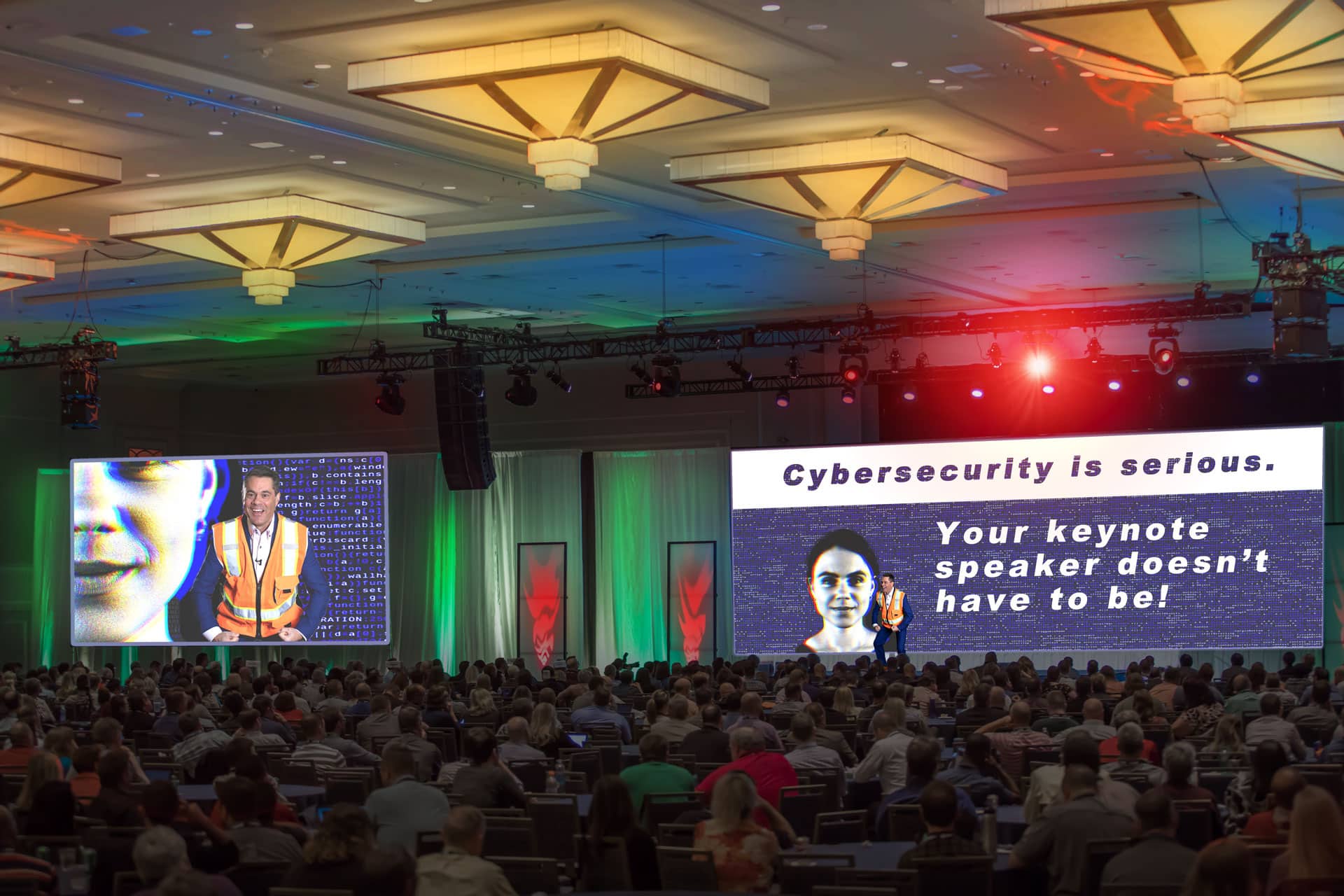When Encryption Isn’t Enough: How Human Error Undermines Even the Best Security Tools
In the realm of cybersecurity, we often focus intensely on technical solutions—better encryption, stronger firewalls, and more sophisticated intrusion detection. Yet, time and again, the most significant security breaches don’t come from technical failures but from something far more difficult to patch: human behavior.
The Signal Incident: A Case Study in Human Error
The Trump administration recently provided a perfect example. Top officials, including Vice President JD Vance and Defense Secretary Pete Hegseth, used Signal—an encrypted messaging app widely considered highly secure—to discuss detailed plans for airstrikes against Yemen’s Houthi militants. Then, they accidentally added a journalist from The Atlantic to the chat.
These weren’t junior staff discussing lunch plans. These were high-ranking officials planning military operations using an app on their personal devices—compromising that information through a simple mistake. President Trump later acknowledged the issue, stating, “Generally speaking, I think we probably won’t be using it very much.” An understatement, to say the least.
Encryption ≠ Security
Signal was doing exactly what it was designed to do—providing end-to-end encryption that ensures messages are scrambled on one device and can only be unscrambled by the recipient. However, as this incident highlights, encryption alone does not equal security.
National security experts pointed out that discussing classified information on consumer apps is a major security breach, regardless of how secure the app is. Conversations about military operations should take place in Secure Compartmented Information Facilities (SCIFs), where cell phones are banned. The government’s secure communication tools have strict access controls, preventing unauthorized users from being added to conversations.
The Convenience vs. Security Tradeoff
Why would top officials bypass these secure systems in favor of a consumer app? The answer lies in a challenge familiar to every security professional: secure solutions are often less convenient. Government-approved communication tools are likely clunkier and more restrictive than sleek consumer apps like Signal. However, that inconvenience is often the price of true security.
Shadow IT: A Persistent Risk
The Signal incident highlights a broader problem in organizations: shadow IT. Employees often turn to unauthorized tools because official solutions feel cumbersome. This creates significant security vulnerabilities, regardless of how secure these shadow tools claim to be.
Building a Culture of Security
Technical solutions alone won’t fix human error. Organizations must:
- Make security personal—showing employees how breaches affect them directly.
- Design for human behavior—implementing user-friendly security measures.
- Train on real scenarios—using case studies and hands-on exercises.
- Make security visible—rewarding security-conscious behavior.
- Lead by example—ensuring executives follow security protocols.
At the end of the day, even the best encryption can’t protect against human mistakes. True security requires a cultural shift—one where individuals take personal responsibility for safeguarding sensitive information.
With two decades of experience helping organizations build security-focused cultures, John Sileo is passionate about empowering people to take ownership of data security, both personally and professionally. His approach bridges the gap between technical controls and human behavior to create security systems that actually work in the real world. Call 303.777.3222 or contact us to inquire about booking John for your next meeting or event.



